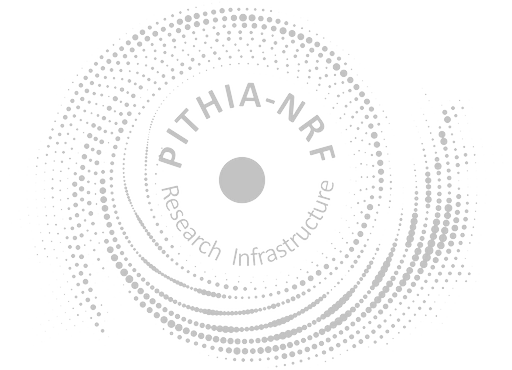Ionosonde: Digisonde 256
Last modified on Dec 18th, 2024
In This Page
Description
Digisonde 256 is the second-generation instrument in the Digisonde family of ionosondes. Total 44 units were built in 1970-1986, including 25 Digisonde 256 and 19 DISS (Digital Ionosphere Sounding System), a version of the same instrument for the US Air Force space weather network.
Operational Modes
-
Scanning Ionogram
ionogramThe system steps through frequencies according to the selected program, transmitting and coherently integrating (a full spectrum, i.e. FFT, Doppler integration) a stream of N pulses. Just prior to transmission on each frequency four possible operating frequencies are monitored for interference/occupancy and the quietest is selected for the measurement. Then a few trial pulses are transmitted to allow automatic adjustment of receiver gain. As each coherent integration of pulse streams in completed, the raw output (i.e. 128 color coded amplitudes representing echoes at 128 heights) is added to the display of the developing ionogram. After all frequency steps have been completed the raw ionogram (16 complex Doppler lines at 256 heights and M frequency steps) is written out to a disk file and the automatic scaling program ARTIST (Automatic Real-Time Ionogram Scaler with True height analysis), is invoked and a file of automatically scaled parameters is created and displayed.
-
Drift Ionogram
driftThis is similar to the Doppler Ionogram in that higher Doppler resolution is achieved by extending the integration period. In addition to multiplexing frequencies the receive antennas are also multiplexed. This provides a raw data file which records the relative phase of all Doppler lines of all echoes on the four antennas in the receiver array, giving the angle of arrival of the individual echoes.
Further Resources and Information
Resources
Go to Metadata FileMetadata Information
| Editor | Borealis Global Designs |
| Version | 1 |
| Created | Wednesday 31st Aug. 2022, 14:00 |
| Last Modified | Wednesday 18th Dec. 2024, 12:59 |

